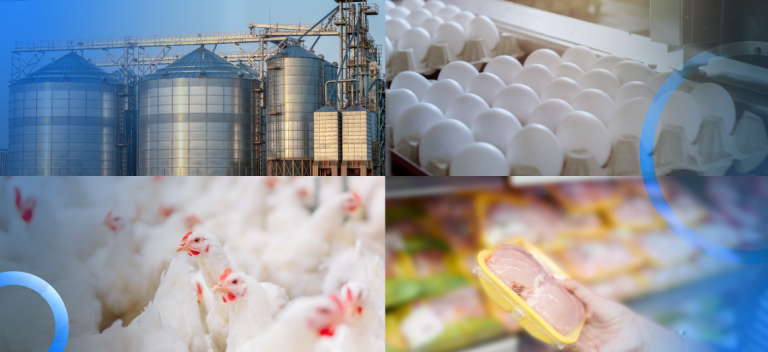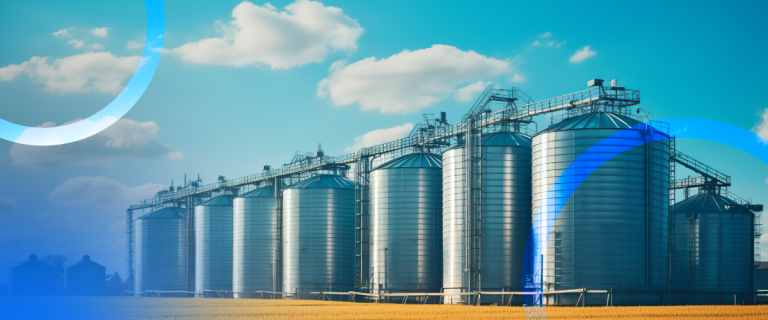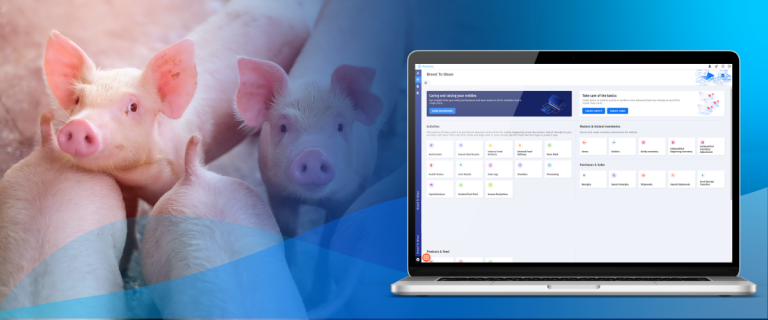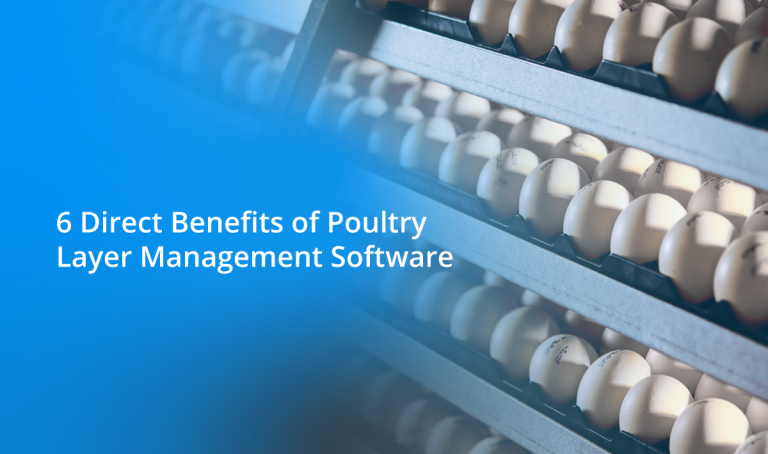Planning and purchasing decisions are the hardest ones to make in live animal production.
In this article, we will talk about decisions in purchasing and how we can and should use data to render the decision-making process more quantifiable. What kind of decisions can be data-driven and how do we find or decide which data is right to use?
Good marketing, pricing, past experience and relationships with vendors puts pressure on business when it comes to decision making. How do you decide? Which options give the best value and how do you define what is the best value for your business?
To answer these questions, we need to go through some examples.
First, let us take one of the most important things to buy for any farm – equipment. Most farm operations around the world use different types, brands, and models of equipment. Even within same the company, a farm’s equipment can change from house to house. When it is time to upgrade or build new facilities, which one is the best pick?
Now let us think about what type of data one’s business can collect to turn the decision-making process more data-driven and, therefore, more objective and measurable.
Continuing with our example, we need to know what equipment we currently have, in order to correlate equipment information with production data. For example, we are trying to decide which feeding and drinking lines to buy for our new farm. What KPIs can be affected by drinking and feeding lines? FCR, daily weight gains, flock uniformity – to name the top ones. Of course, we might also look at geographical and weather data, details of parent flocks, medication and vaccination programs, as there are various factors and conditions that can influence each other.
Another example is deciding which feeding program is optimal: when is it best to switch from high-energy starter feed to grower feed? Again, we look at FCR and daily gains as well as the cost of production because we need to find a balanced solution and not the one that causes our production costs to skyrocket. As we already discussed, FCR and daily gains can be influenced by other factors as well.
One of the key success factors to ensure a flock’s health and good livability is a preventive vaccination program. Multiple versions and variations created by different facilities and veterinarians can cause chaos when deciding what is the best one to apply as a company practice. There are additional variables that might affect the same KPIs: parent flock history, what hatchery equipment eggs went through, product application method, dosage, geography, and bird handling methodologies, etc.
So how can data be used in order to evaluate existing options?
There are two main ways here: a) use all possible factors and KPIs or b) we can select several main ones. One of the best approaches is the 80/20 rule – meaning 80% of your results are affected by 20% of your factors. Which means we can take the main ones for analysis and they will give a quite accurate result. Coming back to our example with drinkers and feeders, see which lines give the best FCR, uniformity, and daily gains. In the case of vaccination schemes – when do we get the best 3- and 7-day livability and the most constant daily gains?
If results are significantly better in certain cases and the value is comparable with the price tag of the equipment – you have a winner.
Converting numerical effect into monetary gains can prove a point even better – lower FCR and weight gains have a positive financial effect on flocks so it is possible to calculate a return on investment.
To go with the first approach with lots of KPIs and datapoints we would need tools and mechanisms that allow us to process vast amounts of data and produce results. Such instruments exist and they include Big Data analysis using machine learning (also known as Artificial Intelligence). The main advantage of machine learning is that once a model is built and properly trained – it is reusable. But with such technology, it takes time and specialized knowledge to conduct such analysis. In the situation where the biggest influencers are unknown, and the decision requires high precision of an answer – machine learning will make a difference.
Which approach to use is up to the business and question posed. But to perform any of those analyses we always need to start with the data, as bad data (partial, segmented, un-linked or simply wrong data) would not be able to produce good results even using the most advanced and high-end technologies.
Generate good data and it will help you make the most important decisions that can transform your business. Things that can be measured can be managed.
Do you put data at the heart of your poultry business?




